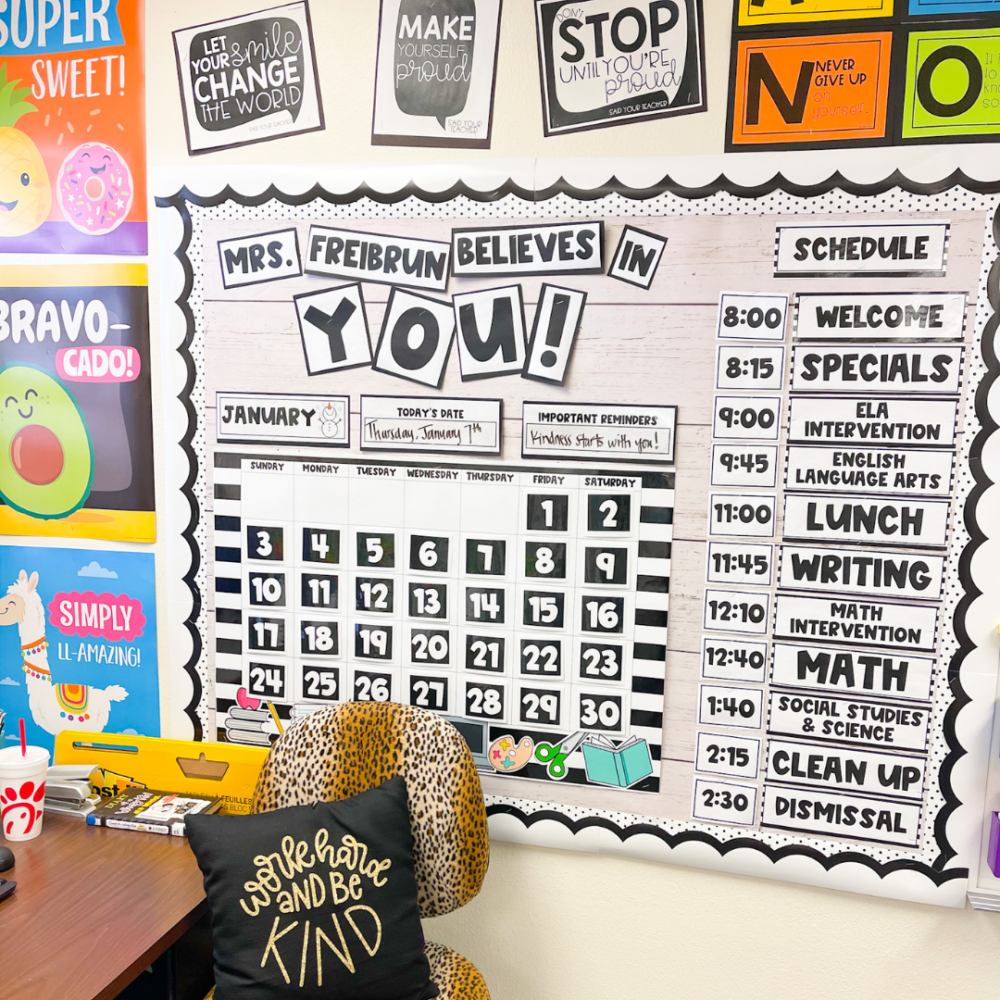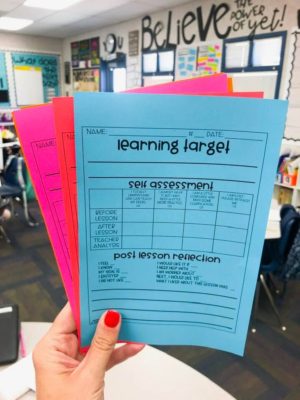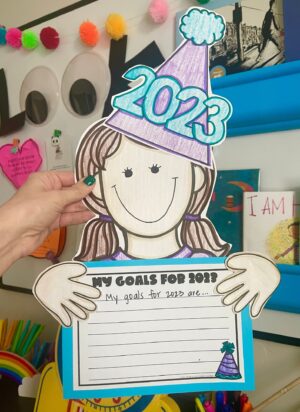As the doors of a new school year swing open, the first week sets the tone for the months ahead. Within the excitement and anticipation, the role of teacher clarity becomes important. Clear communication and well-defined expectations, also known as teacher clarity, lay the foundation for a productive classroom environment. Read below to find out the importance of teacher clarity during the first week of school, and learn about practical strategies that will ensure a smooth start.
Why Teacher Clarity Matters from Day One
The first week of school is a pivotal time when students form their initial impressions of the classroom, the teacher, and the learning journey ahead. Establishing teacher clarity during this crucial period is extremely important.
Teacher clarity cultivates trust and comfort. It means you have clear communication and predictable routines which create a safe and comfortable space for students to learn and express themselves. Through teacher clarity, you can minimize your students’ anxiety. By having well-defined expectations and a transparent understanding of classroom procedures, you’ll alleviate uncertainty and reduce student anxiety.
Teacher clarity fosters engagement. Your students are more likely to engage enthusiastically when they understand the purpose of activities and how they fit into the bigger picture.
When you cultivate teacher clarity in your classroom, you lay the foundation for learning. A structured and organized environment allows students to focus on learning, as they know what is expected and how to meet those expectations.
Teacher clarity holds students accountable for their actions and responsibilities, fostering a sense of ownership in their learning.
So, how can you start with teacher clarity during the first week? Here are 10 ideas:
10 Strategies for Cultivating Teacher Clarity in the First Week
1. Clear Classroom Rules and Expectations
Introduce and discuss classroom/behavior expectations and procedures explicitly. Use visual aids, such as posters or infographics, to reinforce key points.
2. Transparent Daily Schedule and Routines:
Provide students with a daily schedule, assignments, assessments, rubrics, and due dates. Always have the daily schedule displayed, so students know what to expect each day.
3. Goals and Objectives:
Clearly articulate learning goals and objectives for the upcoming year, and explain the relevance of these goals and how they connect to students’ growth and success.
4. Icebreakers and Team-Building:
Incorporate icebreaker activities that not only help students get to know one another but also establish a sense of purpose and collaboration within the class.
5. Technology and Resources:
Introduce any technology tools, platforms, or resources you’ll be using in the classroom. Provide step-by-step guidance for accessing and using these tools.
6. Interactive Classroom Tour:
Take students on a tour of the classroom, highlighting different areas and their purposes. This familiarity contributes to a sense of belonging.
7. Clarify Assessment Procedures:
Explain how assessments will be conducted, graded, and used to measure progress. Emphasize the importance of assessment as a tool for growth.
8. Open Communication Channels:
Establish channels of communication for students to ask questions, seek clarification, and share their thoughts. Encourage an open and respectful dialogue.
9. Daily Routines and Transitions:
Outline daily routines, such as entry and exit procedures, transitions between subjects, and break times. Predictable routines enhance a sense of stability.
10. Personalized Introductions:
Share information about yourself, your teaching philosophy, and your expectations for the year. This personal touch fosters a sense of connection.
The Ripple Effect of Clarity
By prioritizing teacher clarity during the first week of school, you set a positive trajectory for the entire academic year. Your efforts empower students with the tools they need to navigate confidently, collaborate effectively, and embrace the joy of learning. As the first week unfolds, remember that your clarity will ripple through the weeks, months, and beyond, leaving an indelible mark on your students’ educational journey.

In the grand overture of a new school year, teacher clarity takes center stage. By establishing clear expectations, goals, and procedures from the very start, educators create an environment that fosters engagement, comfort, and growth. For more information about cultivating teacher clarity during the first week of school and beyond, click here.




